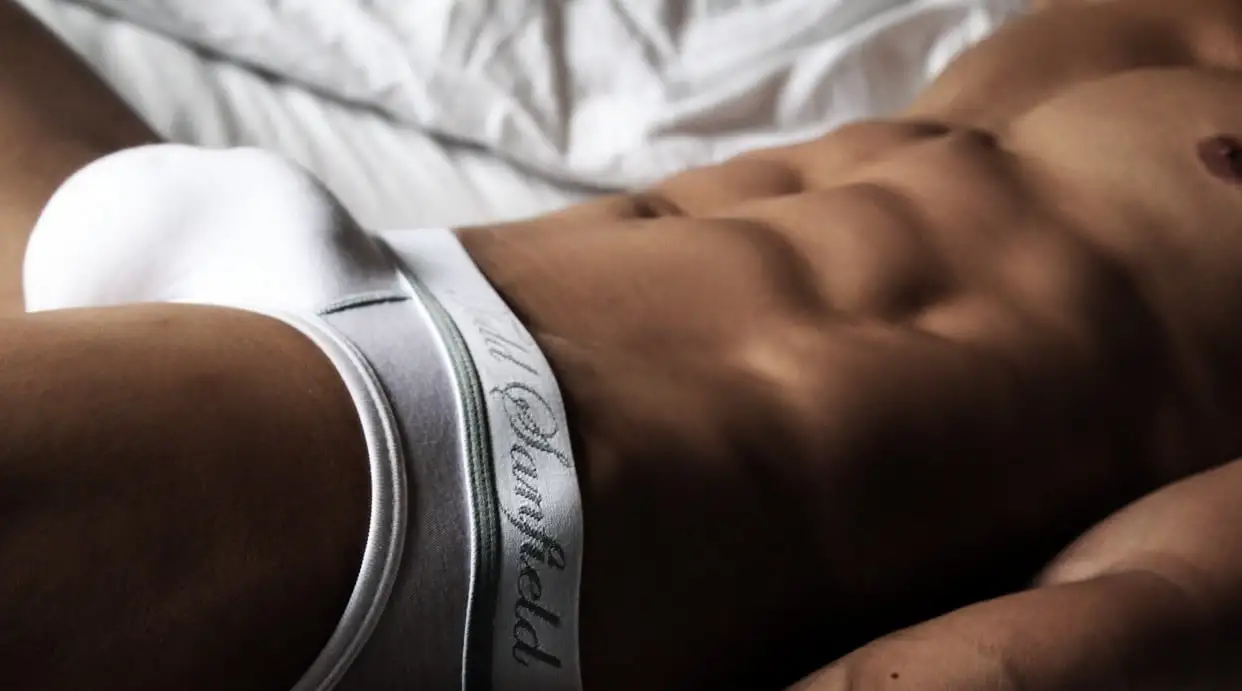Amidst the cacophony of opinions surrounding circumcision, one unaddressed topic remains a subject of curious debate: what to do with the excess skin left behind in the aftermath of the procedure. This article delves into the various options for managing and disposing of excess skin, exploring the reasons behind the choices and the potential effects of each method. As we embark on this life-long discussion, let us first consider the obvious question: why is excess skin even an issue
Table of Contents
- Discussing the Aftermath of Circumcision: Understanding the Options for Excess Skin
- The Importance of Proper Care for Circumcision Scars: Tips for a Healthy Recovery
- Discussing the Ethical and Cultural Aspects of Circumcision: A Global Perspective
- Treatment Options for Excess Skin: A Comprehensive Exploration of Medical and Non-Surgical Remedies
- The Way Forward

Discussing the Aftermath of Circumcision: Understanding the Options for Excess Skin
In the vast and complex world of medical procedures, circumcision remains a widely discussed topic. The act of trimming excess foreskin, especially in infant boys, is a long-standing tradition, but discussions around it continue to evolve as we gain more knowledge about the potential benefits and drawbacks. As a result, it’s important for individuals and their families to carefully consider the options available for managing the excess skin left behind after the procedure. While the primary goal is to ensure the patient’s safety and wellbeing, it’s also crucial to examine the long-term implications of these decisions to ensure a lasting and satisfying outcome.
Among the options for excess skin from circumcision include:
- Autologous therapy: This involves using the patient’s own skin to cover the wound, commonly achieved by taking a small flap of skin from a donor site and suturing it into place. This method encourages the formation of new granulomas, or scar tissue, which aids in wound healing and provides a more reliable, long-term result.
- Alloplastic therapy: In cases where autologous therapy is not suitable, alloplastic therapy may be considered. This involves grafting donor skinonto the wound site, which can provide a similar result to autologous therapy, albeit with a slightly different healing process. The main advantage of using donor skin is that it avoids the need for any further surgery on the patient.
- Topical treatments: Some doctors also prescribe topical solutions, such as hydrocolloids or matrix gels, to help manage the moisture and promote wound healing. These may be applied directly to the wound site, and can also be used in conjunction with other treatment methods.
In conclusion, understanding the options for excess skin following circumcision is paramount. The best course of action depends on the individual patient, the severity of the condition, and the particular preferences of the family. It’s essential to consult with a medical professional who is knowledgeable about the various treatment options and can provide tailored advice.

The Importance of Proper Care for Circumcision Scars: Tips for a Healthy Recovery
After undergoing circumcision, it is crucial to focus on proper care and maintenance of the surgical site to ensure a healthy recovery. Here are some helpful tips for those who want to keep their circumcision scars in pristine condition:
- Keep the area clean and dry: Wash the area with mild soap and water, ensuring you scrub gently to avoid irritating the delicate skin. Dry completely with a clean towel, and avoid rubbing or scratching the scab, which can cause infection.
- Apply a gentle, hypoallergenic healing ointment: A well-chosen ointment can help reduce inflammation, reduce healing time, and promote a healthy appearance of the scar. Moisturizing and antibacterial properties make healing ointments ideal for this purpose.
Additionally, routine attention to a well-cared-for circumcision scar can significantly contribute to its long-term health. Regularly inspect the scar for any changes in size, shape, or color. If there are any signs of infection, such as redness, swelling, or pus, consult your healthcare provider. By focusing on the importance of proper care and attention to detail, individuals can enjoy the benefits of a well-maintained and healthy recovery from circumcision scars.

Discussing the Ethical and Cultural Aspects of Circumcision: A Global Perspective
In today’s increasingly globalized world, it is crucial to delve into the multifaceted aspects of circumcision and understand its cultural and ethical implications. This post explores the historical, cultural, and religious roots of the practice, as well as the scientific evidence supporting its benefits and drawbacks. As we navigate this complex conversation, it is essential to remember that everyone’s perspective is shaped by their unique upbringing and experiences.
Historical, Cultural, and Religious Roots
- Circumcision has a rich history that dates back thousands of years, with roots in several religions and culture
- In Judaism, for example, the act is known as brit milah, marking a covenant between the father and the newborn
- In Christianity, it is considered a sign of one’s commitment to faith and often takes place within the first day of life
- In Islam, the practice is called khitan, and it typically occurs at the age of 6 or 7
- Outside of religious contexts, some cultural groups view circumcision as a ritual of passage or a mark of a boy’s entrance into adulthood
Scientific Evidence and Benefits
- Numerous studies have shown that circumcision reduces the risk of certain sexually transmitted infections (STIs) and HIV
- It has also been associated with a lower incidence of urinary tract infections for adults
- The procedure itself carries less risk compared to other surgeries, and complications are rare when performed by trained professionals
Drawbacks and Ethical Concerns
- The decrease in STIs and HIV transmission is not sufficient to warrant the removal of the foreskin for nonsurgical or cosmetic reasons
- For infants, the surgery may cause pain and distress, with few long-term benefits
- Some argue that the decision to circumcise should be based on a family’s values and beliefs, rather than scientific evidence alone
In conclusion, understanding the ethical and cultural aspects of circumcision is paramount for a comprehensive understanding of its practice. It is vital to respect and appreciate the diversity of perspectives and experiences when engaging in this conversation, embracing the fact that choices surrounding this procedure often reflect deeply held beliefs and traditions.
Treatment Options for Excess Skin: A Comprehensive Exploration of Medical and Non-Surgical Remedies
Excess skin, also known as lipoedema, is a condition characterized by swollen, duplicated fat deposits that can be cosmetically unappealing and cause discomfort. With advances in medical technology and a growing understanding of the underlying causes of lipoedema, treatment options have become increasingly varied and effective. This article examines the available medical and non-surgical remedies for excess skin, exploring each in practical detail to empower individuals diagnosed with lipoedema to make informed decisions about their treatment.
To begin with, the medical treatments for excess skin may include pharmacological therapy. These methods seek to modulate the body’s response to excess skin by addressing its root cause. For example, antihypertensive agents like captopril and valsartan have demonstrated effectiveness in reducing edema in patients with lipoedema. Other options in this category include diuretics, such as furosemide, and calcium channel blockers like diltiazem and nifedipine. However, these remedies may not be suitable for everyone with lipoedema and may require careful monitoring by a healthcare professional to avoid adverse side effects.
Non-surgical methods for treating excess skin also offer a range of potential solutions. Compression garments, specifically designed to apply pressure evenly and consistently to the affected area, have been shown to provide relief for many patients. Some of these garments can be worn continuously for extended periods, while others require adjustment to limit the risk of skin irritation. Additionally, pneumatic compression devices, such as thecipital and facial compresses, offer similar advantages to compression garments by using tank-like tanks and cellular fabric to apply targeted pressure to key areas.
The Way Forward
In conclusion, the spectrum of opinions concerning the disposition of excess skin post-circumcision is vast and multifaceted. While some maintain that a certain amount of post-operative support is necessary to ensure the proper healing of the minor wound, others argue that the procedure itself is inherently non-invasive and should not require any additional intervention. Ultimately, it is essential to consider the individual circumstances and preferences of patients undergoing this common procedure, as what may be suitable for one may not necessarily apply to another.
Whether it is discarding immediately, storing in a specialized product, or preserving as a keepsake, every decision made in relation to post-circumcision excess skin carries its own weight and derivative implications. It remains an ever-evolving topic of debate and discussion, as new research and advancements continue to shape our understanding of the subject. As a society, we must remain open to the ever-changing landscape of medical and aesthetic practices, and honor the diversity of perspectives and experiences that exist within it.









